www.spaceweather.com
|
Around the North Pole, the stratosphere has suddenly become very, very cold. NASA satellites are registering temperatures less than -85 C, the threshold for formation of rare polar stratospheric clouds (PSC). In the past few days, colorful PSCs have spilled outside the Arctic Circle, spreading as far south as Scotland. High-latitude sky watchers should remain alert for these clouds as the outbreak continues.
www.spaceweather.com
0 Comments
A new type of aurora is rippling across Arctic skies. Citizen scientists who discovered it nicknamed it "The Dunes" because of its resemblance to desert sand dunes. A paper published in the Jan. 28th issue of AGU Advances describes the new form and the unexpected physics that causes it. Above: Aurora dunes over Latilla, Finland, on Oct. 7, 2018. Credit: Pirjo Koski. [more] Dune-shaped auroras form in a narrow altitude range 80 km to 120 km above Earth's surface. Turns out, this is an extremely hard-to-study layer of Earth's atmosphere. It's too high for weather balloons, and too low for rockets. "Due to the difficulties in measuring atmospheric phenomena between 80 and 120 km, we sometimes call this region 'the ignorosphere'," says Minna Palmroth, Professor of Computational Space Physics at the University of Helsinki and the lead author of the study. Sky watchers in the Arctic have been seeing Dunes for years without understanding what they were. A breakthrough came on Oct. 7, 2018, when multiple groups photographed the dunes from widely separated locations in Finland. Maxime Grandin, a postdoctoral researcher in Palmroth's team, analyzed the images, using triangulation techniques to decipher the Dune's geometry. Conclusion: Dunes are located ~100 km high--smack-dab in the middle of the ignorosphere--and have a pure, monochromatic wavelength of about 45 km. Above: An artists' concept of a mesospheric bore trapped in a high-altitude waveguide. [more]
The research team believes the Dunes are a "mesospheric bore"--a type of atmospheric gravity wave that springs up from the surface below and gets caught in a thermal waveguide ~100 km high. When solar wind particles rain down on the bore, they illuminate its rippling structure. The discovery of Dunes may allow researchers to study the ignorosphere as never before. Monitoring Dunes can reveal previously hidden waves and waveguides at the boundary between Earth and space. Aurora photographers, have you seen a Dune? Submit your photos here. www.spaceweather.com When a stream of solar wind hits Earth's magnetic field, magnetometers around the Arctic Circle normally go a bit haywire, with their needles swinging chaotically as the buffeting ensues. Rob Stammes of the Polarlightcenter, a magnetic observatory in Norway, sees such disordered behavior all the time. But on Nov. 18th something quite different happened. The solar wind produced a pure sine wave: "A very stable ~15 second magnetic oscillation appeared in my recordings, and lasted for several hours," he says. "The magnetic field was swinging back and forth by 0.06 degrees, peak to peak." Imagine blowing across a piece of paper, making it flutter with your breath. The solar wind can have a similar effect Earth's magnetic field. The waves Stammes recorded are essentially flutters propagating down the flanks of our planet's magnetosphere excited by the breath of the sun. Researchers call them "pulsations continuous" -- or "Pc" for short.. "A sensitive magnetometer is required to record these waves," says Stammes. "I use a mechanical magnetometer with bar magnets suspended from a special wire. LEDs and light detectors in an isolated dark box record the motion of the magnets, while vanes in oil damp out non-magnetic interference." Pc waves are classified into 5 types depending on their period. The Nov. 18th waves fall into category Pc3. Researchers have found that Pc3 waves sometimes flow around Earth's magnetic field and cause a "tearing instability" in our planet's magnetic tail. This, in turn, sets the stage for an explosion as magnetic fields in the tail reconnect. A quartet of NASA spacecraft recently flew through just such an explosion. Last week, researchers from the University of New Hampshire reported that four Magnetospheric Multiscale (MMS) spacecraft spent several seconds inside a magnetic reconnection event as they were orbiting through Earth's magnetic tail. Sensors on the spacecraft recorded jets of high energy particles emerging from the blast site. One jet was aimed squarely at Earth and probably sparked auroras when it hit the upper atmosphere.
Stammes has recorded many Pc waves in the past, "but this is the first time I have detected category Pc3," he says. "This was a very rare episode indeed." www.spaceweather.com Earth's stratosphere is normally free of clouds. Not this weekend, though. Observers around the Arctic Circle are reporting an outbreak of brilliantly-colored icy clouds in the typically dry and transparent layer of our planet's atmosphere. Eric Fokke photographed the display on New Years Eve from the Lofoten Islands of Norway: These icy clouds are a sign of very cold temperatures. For ice crystals to form in the arid stratosphere, temperatures must drop to around -85º C. High-altitude sunlight shining through tiny ice particles ~10µm across produce the characteristic bright iridescent colors.Once thought to be mere curiosities, some polar stratospheric clouds (PSCs) are now known to be associated with the destruction of ozone. Indeed, an ozone hole formed over the UK in Feb. 2016 following an outbreak of ozone-destroying Type 1 PSCs.
These clouds really are as amazing as they look in Fokke's photo. They have much more vivid colors than ordinary iridescent clouds, which form closer to Earth in the troposphere. Once seen, a stratospheric cloud is never forgotten. www.spaceweather.com The Siberian Times : 04 Nov 2016 © Ekaterina Chernykh 'We all were very surprised. Many people believed it only when saw with they own eyes. This has not happened previously.' Nature makes its own collection of snowballs on the Arctic shore of the Gulf of Ob. Like thousands of white cannonballs dumped on the beach, you think these have to be manmade, perhaps part of some sculpture exhibition. But the giant snowballs are entirely natural, although the sight has not been witnessed here in living memory. It was ten days ago that the villagers of Nyda, just above the Arctic Circle, started noticing the phenomenon. Some are the size of tennis balls. Others almost as large as a basketball. Local resident Ekaterina Chernykh said: 'We have them only in one place. It's as if someone spilled them. They are all of different sizes, from tennis balls to volleyball. We all were very surprised. Many people believed it only when saw with they own eyes. This has not happened previously. And there was not so much snow for them to form. It's so interesting.' Valery Akulov, from the village administration, said: 'Even old-timers say they see this phenomenon for the first time. These balls appeared about a week and a half ago. 'When the water in the gulf rose, it came into contact with the frost. The beach began to be covered with ice. Then the water began to slowly retreat, and the ice remained. Its pieces were rolling over in the wet sand, and turned into these balls.'
Spokesman for the Arctic and Antarctic Research Institute (AARI) Sergey Lisenkov said: 'It is a rare natural phenomenon. As a rule, grease ice forms first, slush. And then a combination of the action of the wind, the outlines of the coastline, and the temperature, may lead to the formation of such balls.' While not seen here for as long as anyone can remember, a similar phenomenon was noticed at Lake Michigan in 2014. Six days after Earth entered a stream of high-speed solar wind ... we're still inside. The solar wind continues to blow faster than 500 km/s on Oct. 31st. Although it is not as gusty as it was during first contact on Oct. 25th, the relentless pressure of the sun's electrically charged wind on Earth's magnetic field is causing the poles to glow with beautiful auroras. Marketa S. Murray sends this picture from Fairbanks, Alaska, on Oct. 29th: "When you stand there and the whole sky is just dancing overhead, your adrenaline and endorphin get so high," says Murray. "It's mind blowing every time it happens. It never gets old, even for an Alaskan!" Until Earth fully exits this stream, polar auroras remain likely. A good way to follow the action is to tune into a live webcam in Sweden's Abisko National Park. "We have seen the lights nearly every night in October!" says Chad Blakley of Lights over Lapland, who operates the camera. Watch it now. www.spaceweather.com Read also:
As winter deepens in the northern hemisphere, the Arctic atmosphere is filling with crystals of ice. This is producing some beautiful ice halos around the midday sun. But that's not all. Travelers are also seeing halos around the beams of headlights at night. Pekka Lähteenmäki photographed samples of both in Jalasjärvi, Finland: These luminous shapes are caused by light shining through jewel-like crystals called "diamond dust.' Lähteenmäki notes that "You can see individual ice crystals glinting in my photos--especially the night shot."
Atmospheric optics expert Les Cowley has seen halos like these before. He finds the night halos most interesting: "Artificial light halos can have strange forms compared with those made by the sun or moon. The difference is because, unlike sun rays, those from nearby lights are not parallel. The equivalents of sundogs become long streaks. There are even super sundogs. The trumpet-shaped night halo Lähteenmäki photographed was made by hexagonal column crystals floating nearby with their long axes horizontal. It is a cousin of the familiar upper tangent arc--similar, but not the same. Look out at night for a whole new world of halos!" www.spaceweather.com An outbreak of polar stratospheric clouds (PMCs) is underway around the Arctic Circle. Unlike normal grey-white clouds, which hug Earth's surface at altitudes of only 5 to 10 km, PMCs float through the stratosphere (25 km) and they are fantastically colorful. Sarah Skinner saw this specimen high above Abisko, Sweden: "Just as I was heading out to de-ice the car on Dec. 14th, I looked up and noticed the most incredible cloud formation," says Skinner. "At the same time, an excited text came through from my boss, aurora tour guide Chad Blakley, who having lived here for many years has seen this only once or twice and explained to an Arctic newbie like me how rare these formations really are."
Also known as "nacreous" or "mother of pearl" clouds, the icy structures form in the lower stratosphere when temperatures drop to around minus 85ºC. Sunlight shining through tiny ice particles ~10µm across produce the characteristic bright iridescent colors by diffraction and interference. Once thought to be mere curiosities, some PMCs are now known to be associated with the destruction of ozone. "Nacreous clouds far outshine and have much more vivid colours than ordinary iridescent clouds, which are very much poor relations and seen frequently all over the world," writes atmospheric optics expert Les Cowley. "Once seen they are never forgotten." www.spaceweather.com Sunday, Dec. 21st is the northern winter solstice. At 6 pm EST, the sun will reach its lowest declination in the celestial sphere, -23.5 degrees, marking the start of winter and the longest night of the year at northern latitudes. The long night could be filled with auroras. NOAA forecasters estimate a 65% chance of polar geomagnetic storms in response to glancing blows by one or two CMEs. Happy solstice!
On Dec. 9th, aurora tour guide Chad Blakley of Sweden's Abisko National Park was warming up inside a Sami hut, when he looked through the door and noticed the snow turning green. "I rushed outside," he says, "and discovered one of the most beautiful aurora displays I had ever seen dancing overhead." In addition to green, there was a rare and remarkable fringe of pink:
Published on 12 May 2014 CLIMATE CHANGE IS VERY REAL - BUT THE OFFICIALS HAVE JEOPARDIZED OUR ABILITY TO PREPARE FOR THE FUTURE Global warming models/predictions have been an abject failure for 20 years, and yet the IPCC claims ever-higher certainty? How does this happen and what comes next? All papers and charts are publicly available information, or you send us an email and we will forward the source/citation for any information. Most of the citations can already be found at the Links button at our website, under the Counterstrike Links. Our Websites: http://www.suspicious0bservers.org http://www.ObservatoryProject.com On Oct. 18th, Earth passed through multiple folds in the heliospheric current sheet--a phenomenon known as "solar sector boundary crossings." This sparked a veritable explosion of bright auroras around the Arctic Circle. Ole Salomonsen of Tromso, Norway, captured the outburst in this photo, which he calls Emerald Dynamite: "This is one of many spectacular auroral displays I captured tonight," says Salomonsen. "There were red auroras, green auroras, coronas, fast moving purple bands... It was the most amazing display I have witnessed in a long time."
More auroras are in the offing. NOAA forecasters estimate a 40% chance of polar geomagnetic storms on Oct. 21-22 when Earth is expected to run into a high-speed solar wind stream. www.spaceweather.com Suspicious0bservers Published on 15 Sep 2014 www.Suspicious0bservers.org : www.ObservatoryProject.com : Aurora Video: https://vimeo.com/106051784 LINKS
Spaceweather: http://spaceweather.com SDO: http://sdo.gsfc.nasa.gov/data/ Helioviewer: http://www.helioviewer.org/ SOHO: http://sohodata.nascom.nasa.gov/cgi-b... Stereo: http://stereo.gsfc.nasa.gov/cgi-bin/i... iSWA: http://iswa.gsfc.nasa.gov/iswa/iSWA.html NASA ENLIL SPIRAL: http://iswa.gsfc.nasa.gov:8080/IswaSy... NOAA ENLIL SPIRAL: http://www.swpc.noaa.gov/wsa-enlil/ GOES Xray: http://www.swpc.noaa.gov/sxi/goes15/i... NOAA Sunspot Classifications: http://www.swpc.noaa.gov/ftpdir/lates... GONG: http://gong2.nso.edu/dailyimages/ GONG Magnetic Maps: http://gong.nso.edu/data/magmap/ondem... Aurora Borealis 9-12-14 from Lights Over Lapland Plus
On September 11th and 12th two CMEs interacted with Earth's magnetosphere, causing a KP-7 Geomagnetic storm. The storm sparked large aurora displays that will never be forgotten by the people that were lucky enough to witness the event. This short film is for everyone else.... facebook.com/lightsoverlapland The sun is hitting its stride. Earth's closest star shot off yet another powerful solar flare today (June 11) after producing a pair of major solar storms Tuesday. The X1-class flare reached its peak at 5:06 a.m. EDT (0906 GMT) and came from Region 2087 near the southeastern limb of the sun's disk, the same region of the star that produced the two powerful solar flares yesterday. NASA captured an amazing video of the X1 solar flare using its space-based Solar Dynamics Observatory. Today's solar tempest did cause a brief radio blackout on Earth, but officials with the U.S. Space Weather Prediction Center based in Boulder, Colorado, don't think that the flare has an associated coronal mass ejection - a burst of hot plasma sent out from the sun during some solar flares. While officials with the SWPC didn't initially think that Tuesday's flares produced a coronal mass ejection - a burst of plasma associated with some solar flares - later analysis shows that the flares did produced two CMEs. The first solar flare produced a relatively small CME, with the second merging with it shortly after, according to astronomer Tony Phillips at spaceweather.com. The CME is expected to give Earth a glancing blow, when it reaches our part of the solar system Friday (June 13). It's possible that the incoming CME could create polar geomagnetic storms, according to Phillips. The sun is in the active phase of its 11-year solar cycle, called Solar Cycle 24. NASA officials now think the sun is in its maximum, which they have dubbed the "mini max". Although the sun's activity is on the upswing, this solar max is still quite weak by comparison to other solar maximums on record, NASA officials have said. Scientists expected that the solar maximum (the peak in the sun's activity for the cycle) would occur in 2013. © NASA/SDO Three X-class flares erupted from the left side of the sun June 10-11, 2014. These images are from NASA's Solar Dynamics Observatory and show light in a blend of two ultraviolet wavelengths: 171 and 131 angstroms. "It's back," Dean Pesnell, of NASA's Goddard Space Flight Center, said in a NASA statement Tuesday (June 10) on the sun's weather cycle. "Solar max has arrived."
Wednesday's solar flare is the eighth documented X-flare shot out from the sun in 2014. The most powerful flare of the year - a monster X4.9-class flare - occurred in February. X2 flares are two times as intense as X1 flares. If aimed toward Earth, X-flares can damage the planet's power grids and put satellites and astronauts in space in danger. The sun also shoots out other, less powerful classes of solar flares. M-class flares can produce incredible auroras, and our nearest star also emits weaker C-class flares. NASA has a fleet of sun-monitoring satellites in orbit today. The Solar Dynamics Observatory, the space agency's twin STEREO probes and the joint U.S.-European SOHO spacecraft all keep watch on the sun from space. |
QUICK INFO
Author:
_Messenger Spirit This section is for interesting items which are brought to my attention but which do not merit a separate article.
I welcome your comments, questions or suggestions on any topics you wish to contribute to this section. Please submit these on the Contact and Feedback Form PLEASE DO NOT SUBMIT COMMENTS ON THE FORM WHICH APPEARS UNDER ITEMS ON 'QUICK INFO'; THIS SYSTEM IS NOT WORKING. Categories
All
Archives
July 2024
|
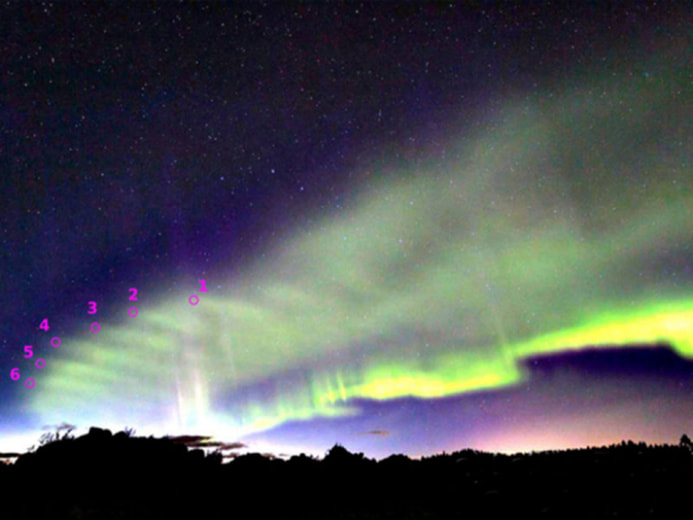
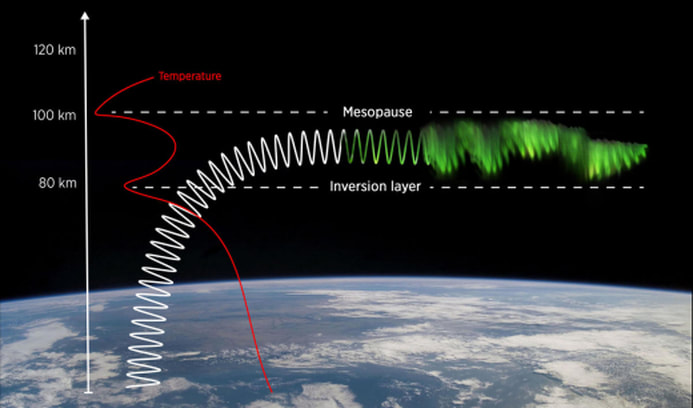
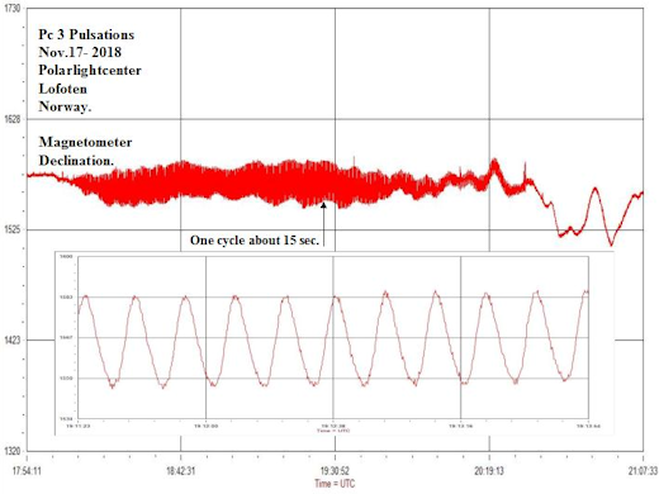
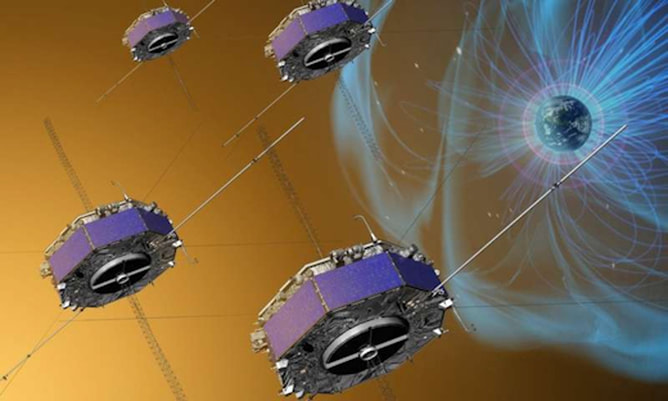
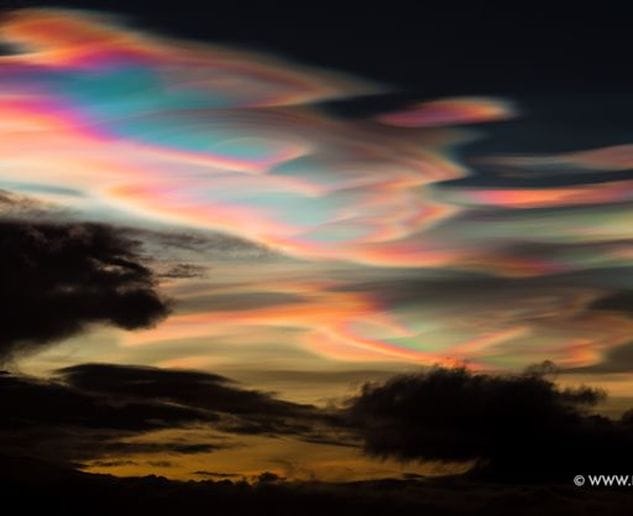

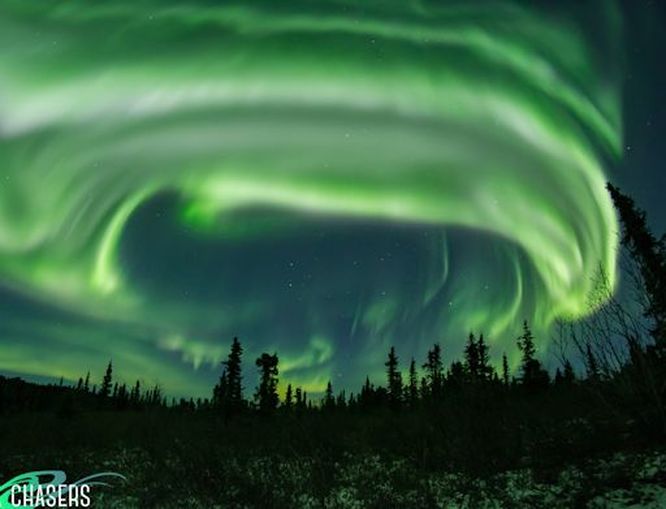
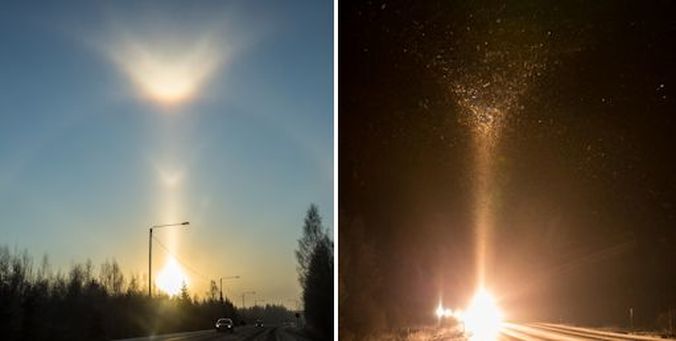
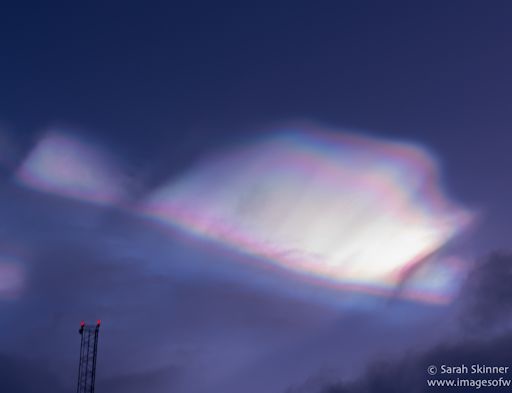
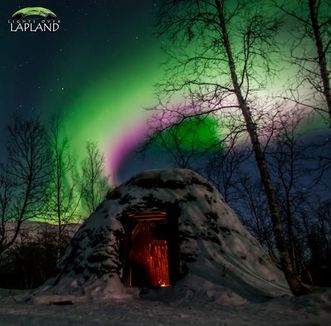
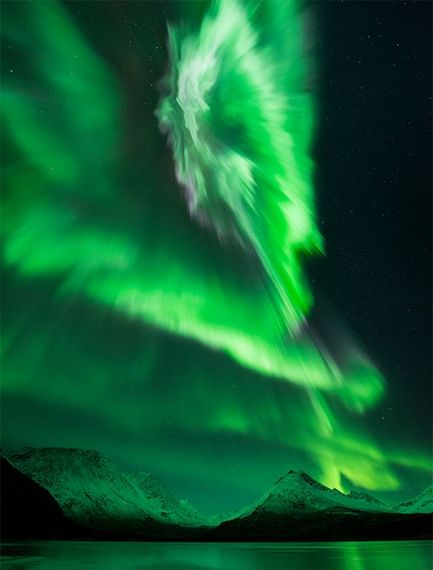
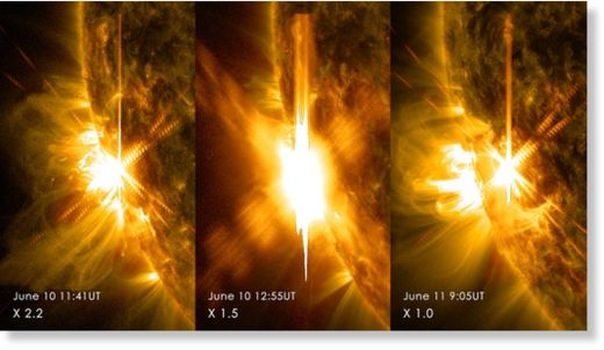
 RSS Feed
RSS Feed